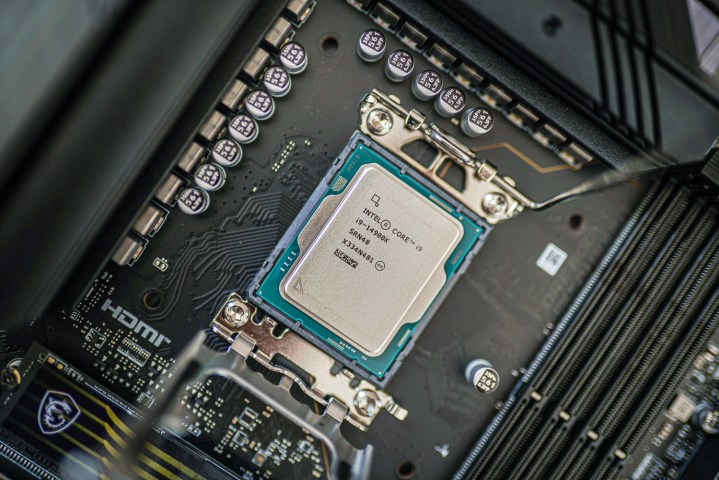Jacob Roach / Digital Trends
It ’s been over four months since the firstreports of instabilityin Intel’stop CPUsstarted crop up , and we are yet to see a fix . Although Intel has been working with its partners on deliver updates that would address the problem , the troupe itself had to admit in a late residential district Wiley Post that it still has n’t found the root campaign .
Meanwhile , hardware tester are finding that even using Intel ’s recommended workarounds still ends up in crashes and precarious carrying into action — and the only solutions that seem to work on are affair that you ’ll have to settle for .

Jacob Roach / Digital Trends
Ever since Intel admitted to the job , there have been many rustling about the possible case and reparation . It urge that exploiter , alongside motherboard vendors , stick to its baseline world power delivery profile ( although there ’s beensome confusionabout which visibility that should be , precisely ) . However , Hardware Timesfound that even using the Intel Baseline power profile on a chip that ’s never been used in another power scope does n’t alleviate this problem .
The publication detail its journeying with Core i9 - 13900 K chips , and it ’s not been great , what with three Raptor Lake microchip that had to be returned over the last two months . This let in two Core i9 - 13900KF ( one of those was sent in as a successor for the first one ) chips and one Core i7 - 14700KF chip .
According to Hardware Times , the first Core i9 - 13900KF chip only ever flow on the Intel Baseline visibility , but just two month in , they commence experiencing organisation gate-crash during gambling . finally , the PCIe Gen 5 lanes that were connected to the GPU malfunction , at which point the crisp was RMA’d . Once the replacement arrived , it only ask a week for it to begin gate-crash with Blue Screens of Death ( BSOD ) . The crashes were no more or less frequent regardless of the exponent obstetrical delivery profile , be it the recommended Intel Baseline or the MSI 4096W.
Intel’srecent announcementrevealed that the investigation revealed that there ’s a bug in the Enhanced Thermal Velocity Boost ( eTVB ) algorithm , and the bug has been patch . However , we ’re not out of the Sir Henry Wood yet . Intel say : “ While this eTVB bug is potentially contribute to instability , it is not the root cause of the instability consequence . ”
Hardware Times ’ testing corroborates Intel ’s statement . Tests discover that the new BIOS update reduced the number of crashes , but did n’t winnow out them only . Although the system now experienced fewer BSODs , it started doss down to background ( CTD ) alternatively — most commonly in fast - pace games .
Examining the performance before the crash revealed some more interesting tidbits . For starters , the Core i9 - 13900KF set off underachieve a few arcminute before the crash , with the CPU index dropping by up to 40 % , follow by a drop in CPU usage and filaria , but only on efficiency cores . There was a decline in skeleton per second ( Federal Protective Service ) , too , and a massive one : About 20 % . However , the game still maintained over 100 fps .
The stableness issues mostly involve theCore i9 - 14900Kand the Core i9 - 13900 K , but people have also describe problem with Core i7 chips , too . There ’s a tidy sum to complain about , ranging from crash during gaming to take on BSODs . These problems reportedly head to anincrease in customer returnson Intel ’s fourteenth - gen and 13th - gen central processor , at least in Korea , but this situation is bear upon substance abuser on a spheric scale , although it ’s arduous to guess just how common it is . It ’s certainly unrelenting , though .
What can you do if you currently own a eminent - end Raptor Lake processor ? unluckily , not much . Hardware Times finds that capping your frame rate at 60 Federal Protective Service can facilitate . Playing at higher resolutions can be helpful too , as the GPU shoulder the absolute majority of the load at 2 kilobyte and above . Underclocking and undervoltingthe processor can also be helpful , although Intel ’s recommendation is still to apply the Baseline Profile , which is what might be the safe alternative for now .